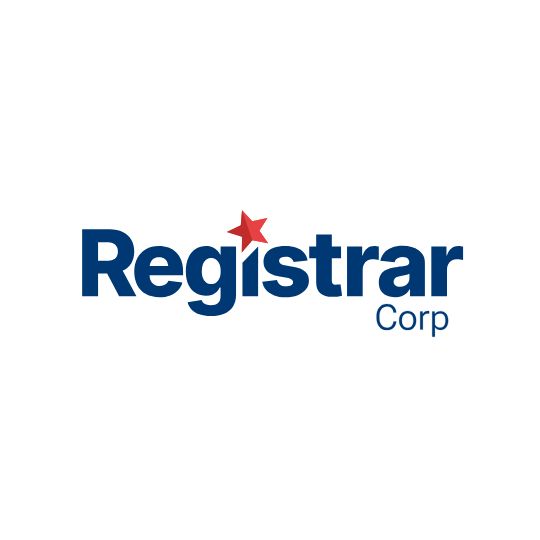Over the past decade, Canada’s approach to self-care products — the wide range of everyday consumer goods that includes cosmetics, over-the-counter drugs, and natural health products — has evolved in significant ways. The goal is simple: bring clarity to how similar low-risk products are regulated, close long-standing gaps in oversight, and make sure claims, labels, and ingredients hold up under closer consumer and regulatory scrutiny.
For cosmetics brands, these changes are not theoretical. They shape everything from the ingredients that can be used, to what a product can promise, to how labels are worded, formatted, and filed. A skin cream sold in Canada today moves through a framework more consistent with Europe’s strict model than with the looser regimes of the past — and for good reason. Canadian consumers want the same transparency and safety standards they see in the EU, and Health Canada’s Self-Care Framework aims to deliver exactly that.
Why the Lines Between Cosmetics and Drugs Matter
One of the biggest risks for brands expanding into Canada is misunderstanding where a product fits. Under the Food and Drugs Act, a cosmetic is defined by what it does: it can clean, beautify, or alter appearance. But the moment that same product claims to treat, cure, or prevent a medical condition, it stops being a cosmetic and becomes a drug or natural health product — and falls under a completely different regulatory scheme.
The mistake usually happens at the marketing stage. A moisturizer that “hydrates dry skin” is fine. A moisturizer that “heals eczema” is a therapeutic claim. A shampoo that “cleans hair” is clearly cosmetic. A shampoo that “treats dandruff” must comply with drug regulations. Canada does not officially recognize a middle category like “cosmeceutical.” If your claims step beyond the cosmetic definition, you need the right license, product classification, and sometimes pre-market approval. This makes precise language on packaging, websites, and even social media more important than ever.
The Cosmetic Ingredient Hotlist: More Than a Guideline
Brands often think of Canada’s Cosmetic Ingredient Hotlist as an advisory tool, but in practice it is a direct signal of what is banned or restricted for use in cosmetics. Updates to the Hotlist have become more frequent, with new substances added every year and old ingredients reviewed under the latest scientific findings.
For example, fragrance chemicals once common in legacy perfumes now face new limits because of allergy concerns or environmental risks. Preservatives that were once standard are restricted to lower levels, or require clear warnings on labels. If a product contains an ingredient above a limit, or uses an outright banned substance, it cannot legally be sold as a cosmetic in Canada — no matter what the label says.
Smart companies treat the Hotlist as a living checklist. New formulations are vetted against it. Old formulas are re-checked to make sure a once-permitted chemical hasn’t quietly moved to the restricted column. The Hotlist is also directly tied to how the Cosmetic Notification Form (CNF) is reviewed. If your CNF discloses an ingredient that conflicts with the Hotlist, Health Canada can flag it immediately.
Stronger Label and Fragrance Disclosure Rules
One of the biggest visible changes under Canada’s modernized approach is the updated rules for fragrance allergens. In the past, companies could declare “parfum” or “fragrance” and leave it at that. Now, aligning with Europe’s standards, Canada requires that certain fragrance allergens be declared by name on the label if they appear above very low thresholds.
This change means brands must know exactly what is in their fragrance blends — including allergens naturally found in essential oils. If a blend includes limonene, linalool, or citral above the set limits, those must appear in the ingredient list separate from “parfum.” The labelling must also respect Canada’s bilingual laws under the Consumer Packaging and Labelling Act. The word “Ingredients” and all mandatory label text must appear in both English and French. While the ingredient names themselves stay in standard INCI English, the surrounding context must meet the bilingual standard to clear customs and inspections.
The Cosmetic Notification Form: Still the Core Compliance Step
Despite all the new refinements, the CNF remains the anchor for any cosmetic sold in Canada. This form is not a pre-approval or license — it’s a legal notice to Health Canada that a product is on the market. It must be filed within 10 days of first sale in Canada, though most responsible brands file before shipping a single unit to distributors or stores.
The CNF requires a complete ingredient list with exact or range percentages, proper INCI names, the product function, and clear Responsible Person details. If you update a formula or label, the CNF must be updated too. Filing once and forgetting it is a recipe for trouble under the modern Self-Care Framework, especially with tighter inspections and retailer due diligence.
E-Commerce: Same Rules, New Visibility
Modern oversight means Health Canada now treats online sales and marketing as extensions of the product label. Claims made on a website or social post are legally binding representations. If an influencer’s caption for your moisturizer says it “treats rosacea” or “repairs damaged skin,” that statement pulls the product into drug territory, even if the label itself uses neutral language.
This means brands must monitor not just packaging but digital content and promotions. When selling direct-to-consumer, all online store text, ad copy, images, and endorsements must stay inside the cosmetic definition. Health Canada may inspect your website and social channels the same way it inspects your label — and any inconsistency can lead to questions or enforcement.
The Role of the Responsible Person
Every cosmetic in Canada must have a Responsible Person with a valid Canadian address. For domestic brands, this is usually the company’s headquarters. For international brands, it often means appointing a Canadian representative who can be contacted by Health Canada if questions arise.
This requirement ties into post-market inspections. If Health Canada finds a problem with a product’s ingredients, labelling, or marketing, the Responsible Person is the first point of contact. Having a credible and reachable representative is not a box-check — it’s a core part of demonstrating that a brand is ready to stand by its compliance when called.
Staying Ahead of the Changes
The Self-Care Framework has made the rules clearer but also more rigorous. Brands that succeed treat compliance as a moving target, not a static file. They track changes to the Hotlist, watch updates to fragrance allergen lists, monitor marketing claims, and adjust CNFs when needed.
Smart companies also invest time training teams — from R&D to marketing to customer service — so that everyone understands where the cosmetic line stops and where drug claims begin. They build time into their launch plans to align new packaging, bilingual labels, and updated CNFs with any formula tweaks. They stay connected to what Health Canada publishes, because updates do not always wait for the next product cycle.
A Transparent Future for Cosmetics in Canada
At its core, Canada’s self-care modernization is about building trust. Shoppers want to know what they are putting on their skin. Retailers want proof that a product meets the latest standards. Regulators want to see that brands can back up claims and follow through with safe, properly labelled products that stay true to the cosmetic definition.
For brands ready to adapt, this evolving framework is not a hurdle — it’s a roadmap for staying competitive in a market that rewards transparency and compliance. By staying vigilant and respecting each piece of the framework, companies keep the pathway clear for safe, trusted cosmetics on shelves, online, and in customers’ daily lives.
This is the new standard: clear claims, safe ingredients, truthful labels, and a process that shows customers they’re right to trust what’s inside every bottle and jar.
How Registrar Corp Helps You Navigate Canada’s Modern Rules
Canada’s Self-Care Framework is raising the bar on cosmetic compliance—and Registrar Corp is here to help you meet it. From CNF filing and ingredient vetting to bilingual label review and Responsible Person representation, we ensure your products stay fully aligned with Health Canada’s evolving standards. Whether you’re adapting to new fragrance allergen rules or preparing for cross-border e-commerce, our team simplifies every step. Stay compliant, stay competitive—partner with Registrar Corp to build trust and avoid delays.









